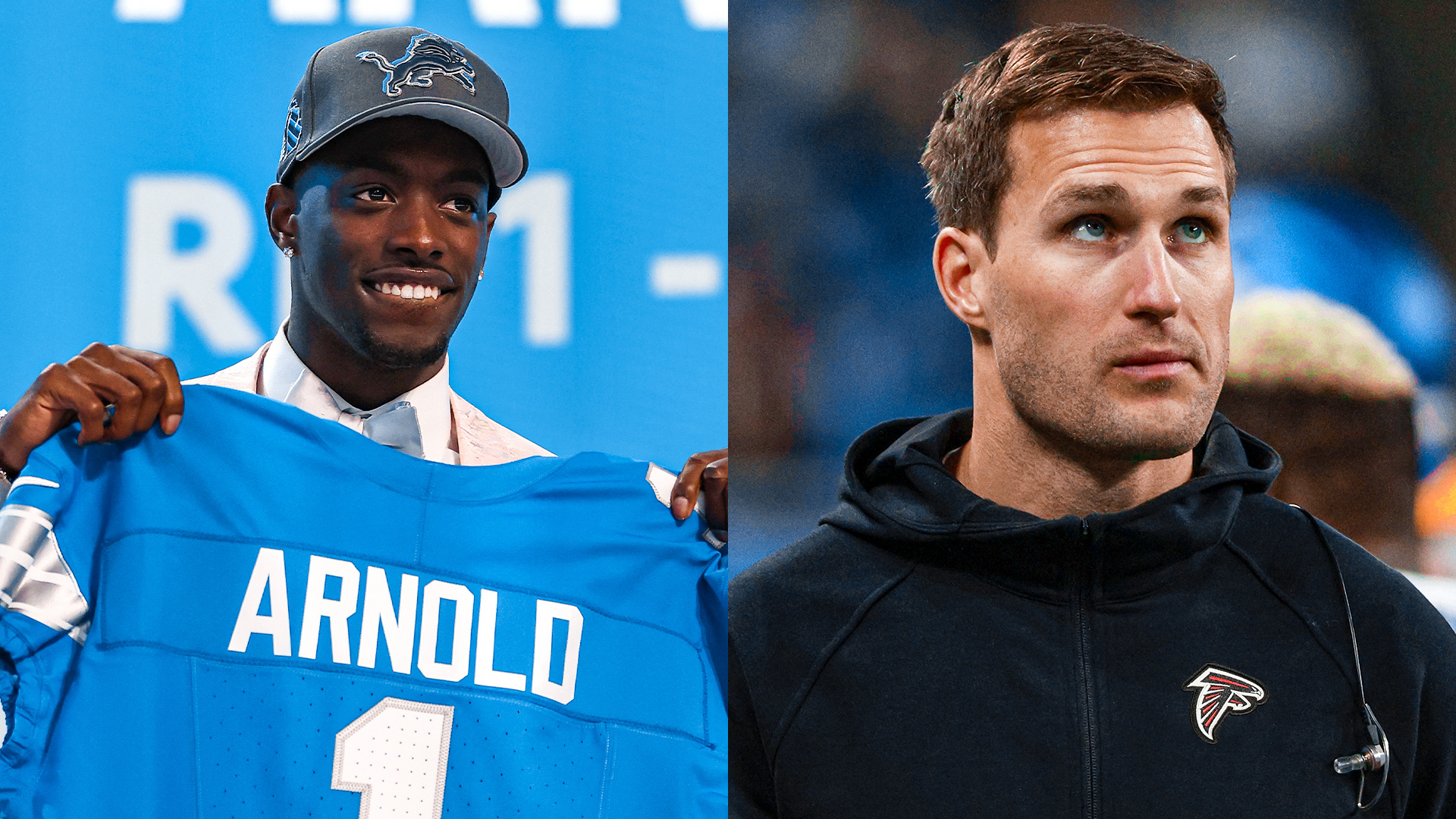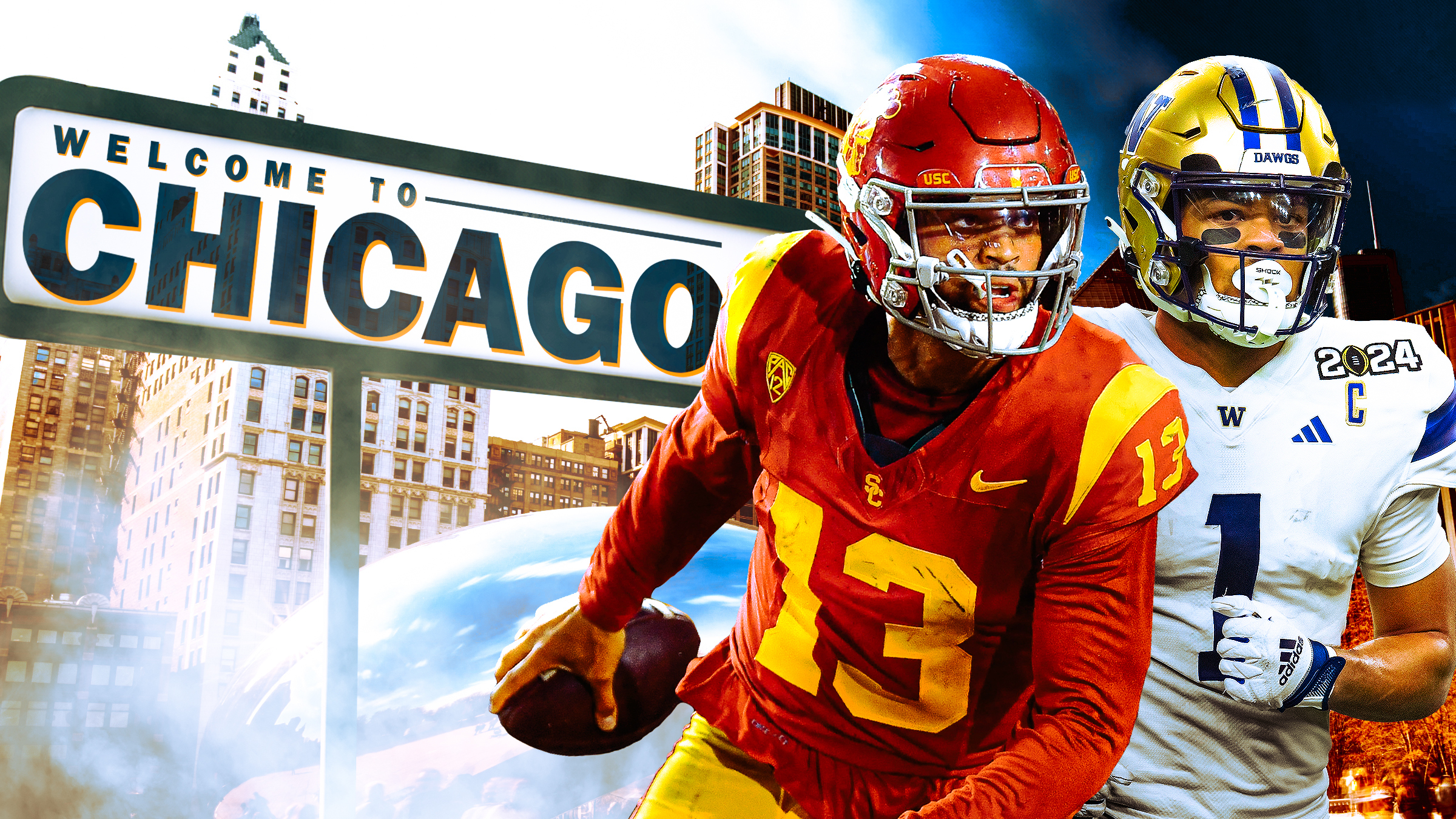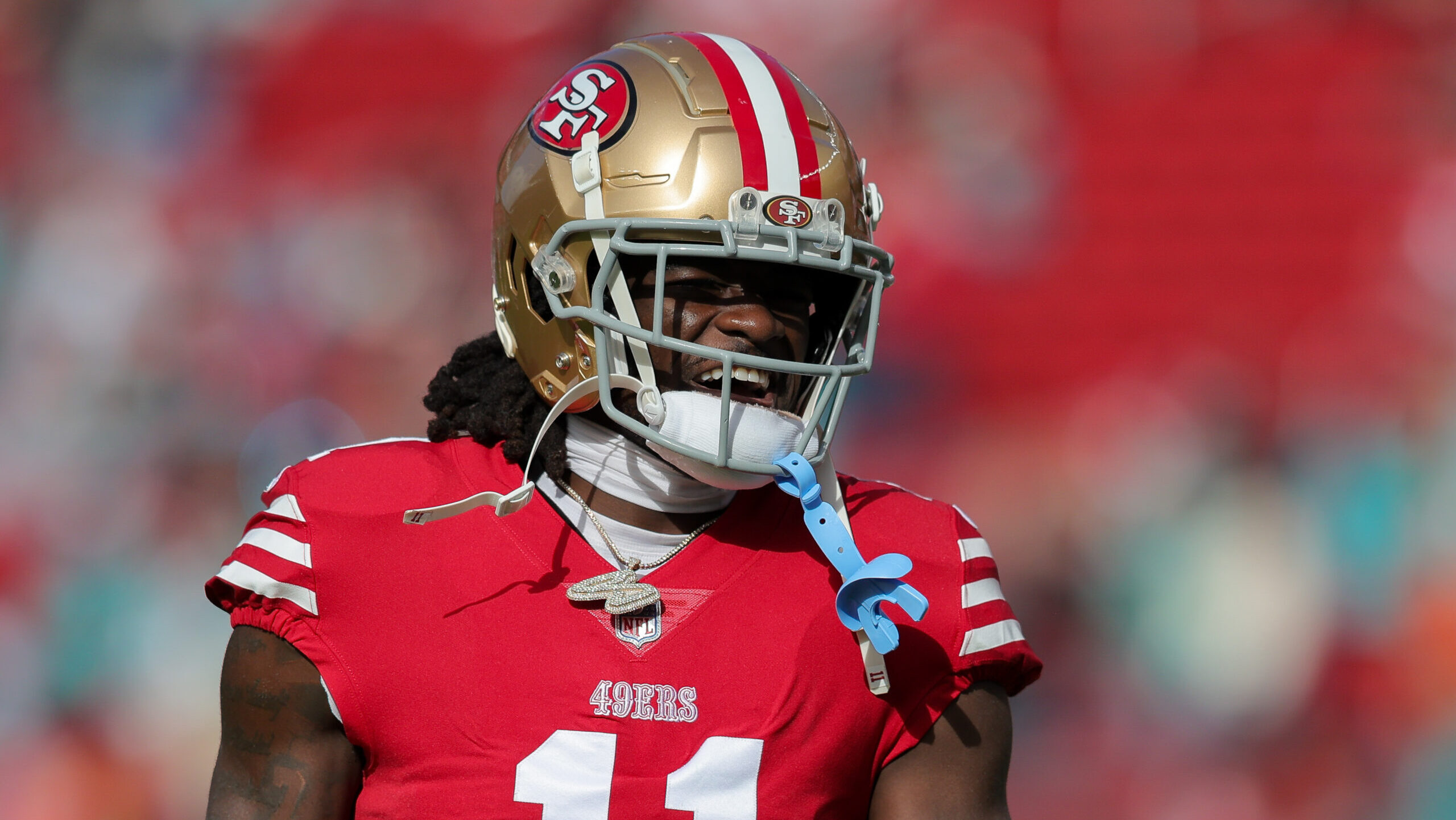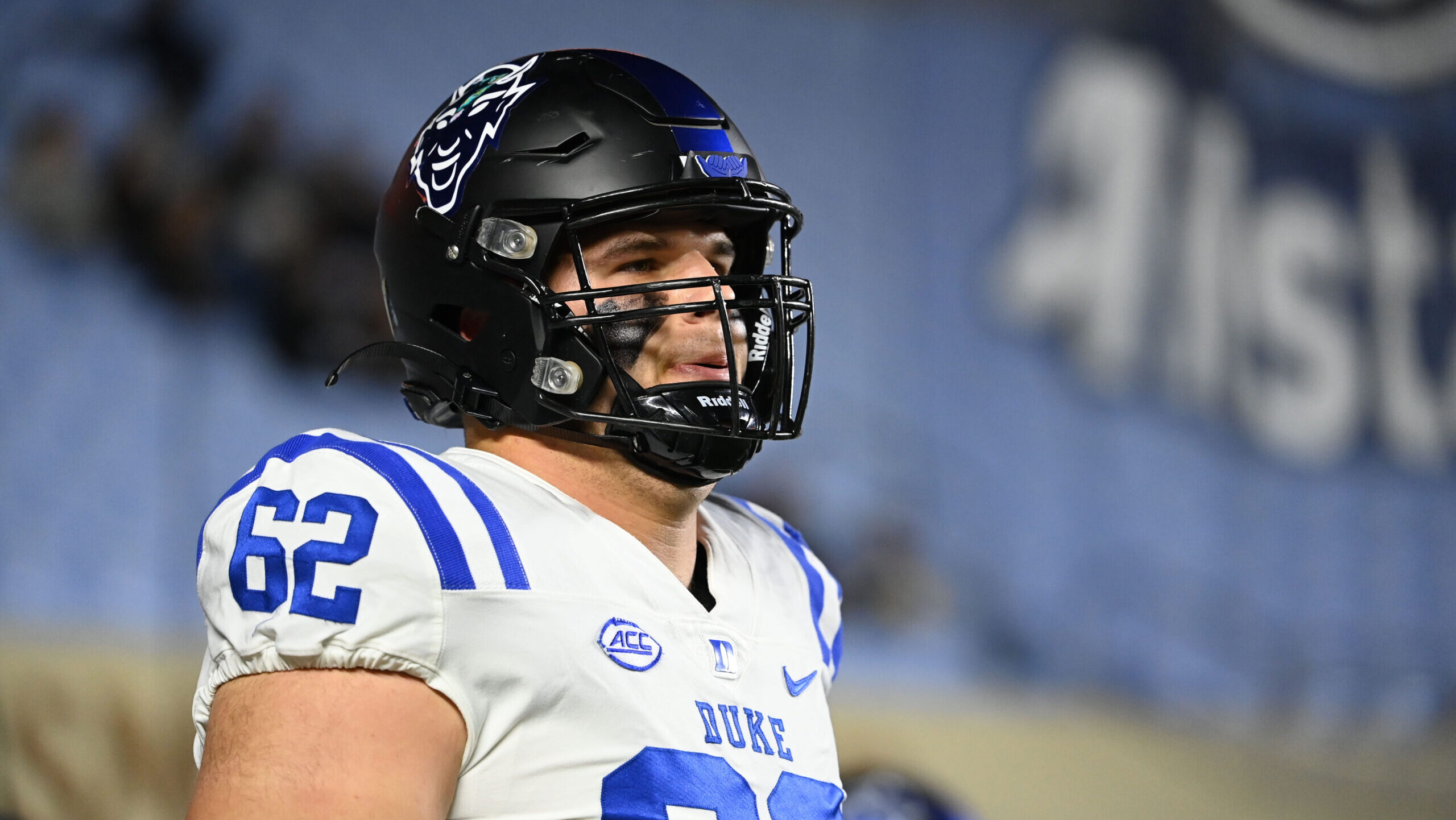Analysis
10/11/22
7 min read
A Perspective on the Intersection of Concussions and Rules Application
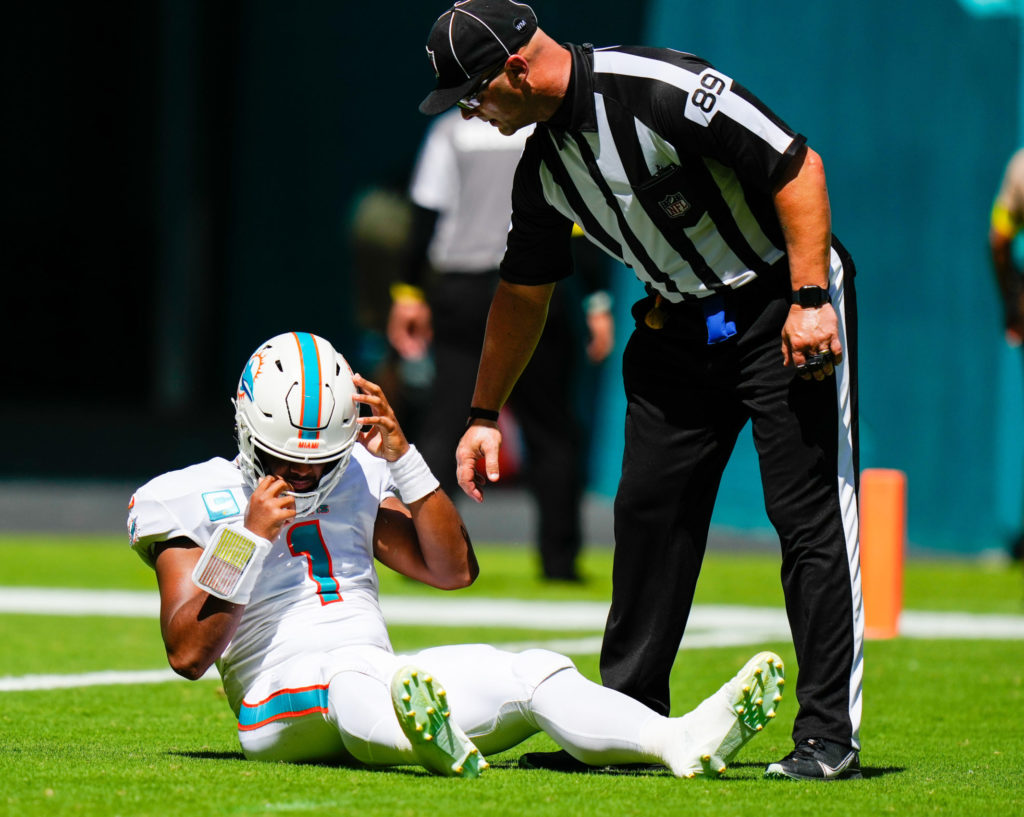
This past NFL weekend, there was an intersection of concussions and rules application. The resulting controversy begs for some perspective.
In the aftermath of the shocking Tua Tagovailoa concussion episode, the NFL and NFLPA conducted a joint investigation to ascertain how, after exhibiting concussion-like symptoms for all to see, the Miami quarterback was allowed to return against Buffalo on Sept. 25. In the following Thursday night game, a Cincinnati defensive lineman flung Tagovailoa to the ground, causing an obvious concussion with frightening visuals. No penalty was called.
A Change in the Protocol
After an almost unprecedented public outcry, the investigation ensued. Essentially, the two sides agreed to disagree. The NFL found the protocols were correctly applied. The union fired the unaffiliated neurotrauma consultant (UNC), who along with the team physician found Tagovailoa had passed all the concussion protocol tests and concluded his symptoms resulted from a previous back injury.
The union's opinion was the protocols were not correctly applied. Fortunately, both parties agree the outcome wasn’t what they intended and “tweaks” to the policy and protocols were needed.
Beginning this past weekend, any player exhibiting symptoms of a condition called ataxia – such as abnormality of balance, stability, motor coordination or dysfunctional speech caused by a neurological issue – will be immediately removed from the game. The player will undergo concussion testing, but regardless of the results, can not return to the game that day. This means some players exhibiting symptoms but who subsequently clear the testing protocol, as Tagovailoa did, will not return to the game they exited.
Some may consider the policy too stringent, but as the saying goes, better safe than sorry. Kudos to Dr. Allen Sills of the NFL and Dr. Thom Mayer of the NFLPA for doing what, in the long run, is best for the players and the game.
There is a locker room legend that states once a club sustains a serious injury to a starter, an epidemic of injuries to that position group will ensue. Sure enough, Tagovailoa's backup, Teddy Bridgewater, sustained a concussion on his very first play against the Jets last Sunday. Under the revised protocol, Bridgewater was out for the game.
When it rains it pours, and the legend lives on.
How the New Protocol Affects Roughing the Passer Penalties
On the non-medical front, the No. 1 topic in the aftermath of the Tagovailoa situation was Atlanta Falcons DL Grady Jarrett's roughing the passer penalty for his sack of Tampa Bay’s Tom Brady with just more than three minutes left in a tight game. Jerome Boger, who is one of the NFL’s best referees, made the call.
Before delving into the play's specifics, let’s set the scene. The game was at 1 p.m. Eastern Standard Time but reached a wide audience because it featured Brady. The Buccaneers were ahead, 21-15. It was third-and-5 and the sack for a 10-yard loss would have made it third-and-15, forcing Tampa Bay to punt. Atlanta would have resumed its second-half comeback, which had already produced 15 unanswered points. The chance to garner a significant NFC South victory was at hand.
Whoops! Here comes the flag, and with it, a firestorm of criticism. Falcons' coach Arthur Smith was, at first, incredulous and then furious as he watched his team’s chances to win evaporate. Television commentator Daryl “Moose” Johnston gave voice to Smith’s frustration, saying he was “flabbergasted” by the call.
The TV producer pulled up other sacks of Brady from the game that were not penalized. Commentators on many Sunday and Monday postgame shows were almost apoplectic. My esteemed Hall of Fame colleague, Tony Dungy, always the soul of propriety, called the league office for the definition of roughing the passer. They provided him with it, and he declared this call didn't meet the standard.
Conspiracy theorists quickly began repeating the locker room legend only Brady (or Peyton Manning in his day) would get that call, and only in a tight game. The truth is officials do not cheat, nor do they make up violations. But, they are only human, and they do make mistakes. Usually, the bigger the game, the more lenient they tend to be.
I worked with Art McNally and Mike Pereira, who are the supervisors of officials, as a member of the NFL Competition Committee and as a general manager. They are both honest and forthcoming with GMs and coaches who call on Monday to inquire about close calls. Any public criticism of officials or calls is a serious policy violation subject to major fines.
Hall of Fame GM Jim Finks once answered a reporter’s question on a call about which he was irate by saying, “I can’t comment on lousy officiating.” He wouldn't escape without a lighter wallet today. I also had to pay a time or two while I was a GM.
I was on the league side of some of these calls during my time as vice president of football, and they were understandably not terribly cordial. Both McNally and Pereira explained to us and preached to their crews “a foul in September is a foul in January" and calls should not be affected by time, score, teams or players involved. That’s the goal, but it’s not uncommon for inconsistency to surface. Officials are human. They want to do their best but can be affected, as we all are, by what they hear and see.
Reviewing the Details of Jarrett's Sack
Hold that thought as we review the roughing the passer call against the Falcons. In this case, Jarrett tackles Brady perfectly. He hits him from the side, at hip level. It was not around the head and shoulders nor below the knee, which would all result in penalties. Jarrett weighs more than 300 pounds, and Brady is in the 235-240 range.
Jarrett’s blow drives both men sideways, and Brady ends up on top of Jarrett. This makes the quarterback “live” and not down by contact because he hadn’t touched the ground. No whistle blows as Brady is not, by definition, down.
Jarrett then does what he is required to do to complete the play, which is to bring Brady to the ground. He does this by slinging Brady off him and onto the turf. The whistle blows, and the play ends. Then, comes the flag and the ensuing controversy.
There is no doubt this call is controversial, and there is little doubt, according to the rule, it is incorrect. In postgame comments to a pool reporter, Boger said he thought Jarrett “unnecessarily” threw Brady to the ground. This is not true. It was necessary because Brady was not down by contact and had not touched the ground.
Putting conspiracy theories and locker room legends aside, it's possible for two things to be true at once. Boger’s intentions were no doubt sincere, but many, including myself, believe his judgment of Jarrett’s use of force was faulty.
I’ll posit a theory that is pure speculation, but not out of the realm of possibility. Everyone in the football community and the officials specifically were aware of the Tagovailoa issue. If they hadn’t seen it live, I’m certain they saw it as part of their training film. It’s entirely possible Boger saw Jarrett use the same slinging motion on Brady that injured Tagovailoa and thought, sincerely and with the best of intentions, “That’s a foul.”
Again, it’s speculation on my part, but it's much more plausible to me than some of the nonsense that’s floating in the ether.
As told to Vic Carucci


